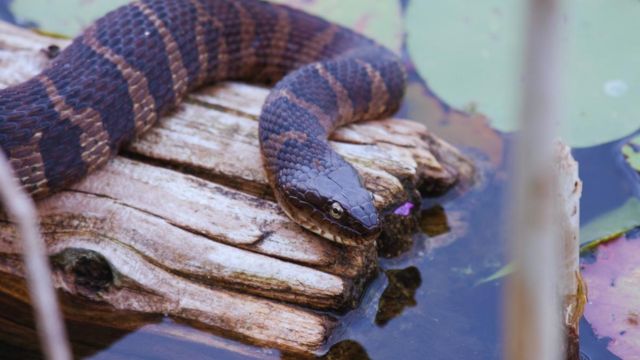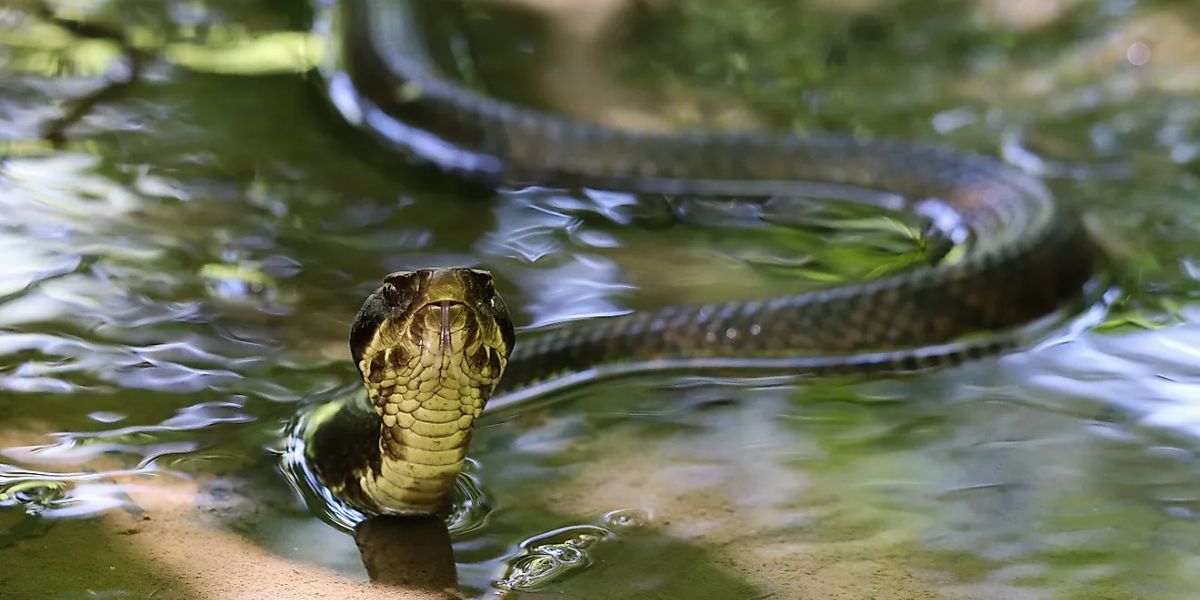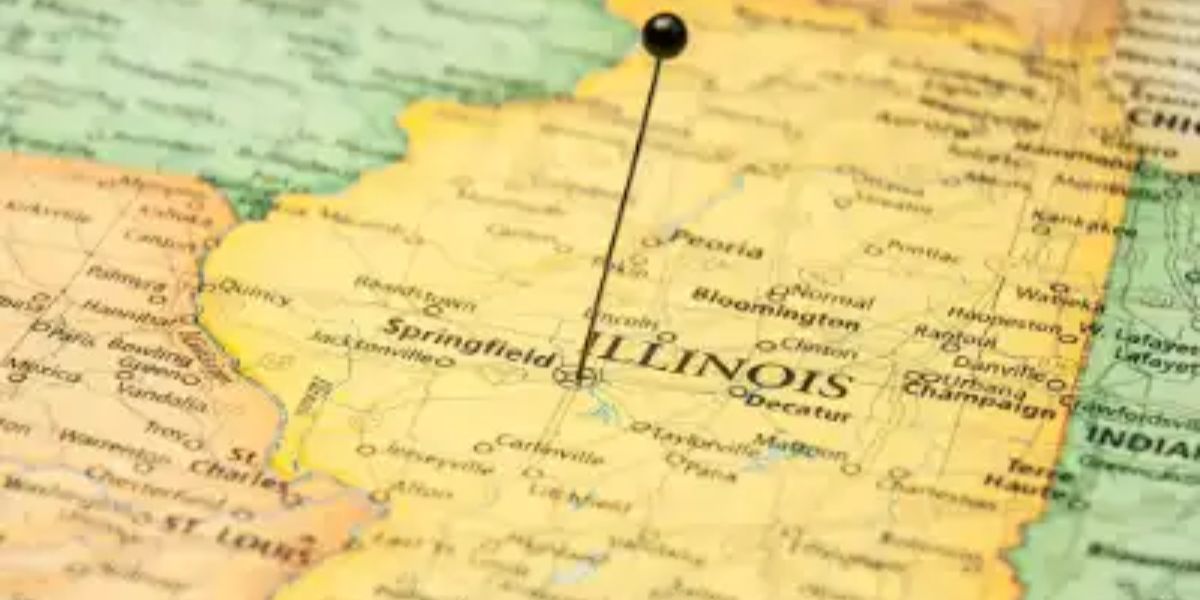There are fourteen snake species among the remarkable variety of fauna found in Massachusetts. By learning to recognize more of the snakes that may be found in your own backyard, you might develop a deeper respect for nature and experience greater peace of mind.
The timber rattlesnake and the northern copperhead are the only two of Massachusetts’ fourteen snake species that are venomous. Both are categorized as endangered species and are found in limited parts of the state.
Assabet River
A diverse range of creatures, including fish, amphibians, birds, reptiles, insects, and mammals, can be found in the marshes, forests, and flowing streams of the Assabet River.
A hidden jewel south of Boston, the Assabet River National Wildlife Refuge is one of the best sites to witness this natural bounty.
Once a U.S. Army training ground, this expansive region today boasts over 15 miles of scenic trails crisscrossing a variety of terrain.
Among the various animals that inhabit this area is the northern water snake, which is frequently spotted along the riverbanks.
Quabbins Reservoir
Nearly all of the state’s snake species are supported by the Quabbin Reservoir’s vast and varied habitats, which are encircled by more than 81,000 acres of protected forest that restrict human activities and lessen habitat damage. Eastern garter snakes and northern watersnakes are frequently sighted.
There are other species as well, including black racers, eastern milksnakes, red-bellied snakes, and ring-necked snakes. Nonetheless, eastern garter snakes and northern watersnakes are the most prevalent snakes at this reservoir.
Spot Pond
A large body of water, Spot Pond offers a variety of outdoor activities, including boating, fishing, hiking, and camping. Originally used as a source of water for nearby rubber and shoe companies, it is now a well-liked tourist destination.
A thriving snake population is supported by the variety of habitats that surround the pond.

Garter snakes, common watersnakes, eastern milksnakes, Dekay’s brown snakes, and red-bellied snakes thrive there because of the area’s lush forests and miles of diverse coastline.
During the warmer months, it is common to witness these reptiles floating over the lake, slithering through the underbrush, or relaxing on rocks.
Wachusett Reservoir
Wachusett Reservoir, the second-largest freshwater reservoir in Massachusetts, is vital to Greater Boston’s water supply and is meticulously managed by the Department of Conservation and Recreation (DCR).
Numerous small islands in the reservoir serve as crucial gull and loon breeding grounds, and the area offers a wealth of wildlife habitat.
The surrounding area is dominated by typical reservoir plantings, including dense stands of red pine that serve as habitat for many species.
Wachusett Reservoir is home to a variety of snakes in addition to its bird inhabitants.
The reservoir’s mix of wetlands, wooded margins, and rocky outcrops is home to common garter snakes, common watersnakes, eastern milksnakes, and Dekay’s brownsnakes.
Great Meadows National Wildlife Refuge
Situated in eastern Massachusetts, the Great Meadows National Wildlife Refuge is a huge wildlife sanctuary that revolves around two tiny lakes that were formerly enhanced by earthen dams to preserve waterfowl habitats.
Numerous species, such as the eastern garter snake, eastern milksnake, and northern watersnake, thrive in these bodies of water as well as the refuge’s vast freshwater marshes.
The snapping turtle and northern watersnake are two other frequently seen reptiles.
Numerous species, including as muskrats, otters, and minks, are also found in the refuge’s wetlands and are sometimes spotted swimming through the canals or along the banks.
Knowing the Habitats of Snakes in Massachusetts Lakes
Native snake species in Massachusetts are crucial to maintaining ecological balance, despite the fact that the idea of “snake-infested” lakes may be unnerving.
The snake species that live in Massachusetts prefer these lakes and streams, which range from the vast Quabbin Reservoir to the marshes of the Great Meadows National Wildlife Refuge.
It’s important for folks who aren’t huge fans of the terrifying reptiles to keep in mind that these snakes usually stay away from people and are more concerned with finding their next meal than recognizing those in their immediate vicinity.




